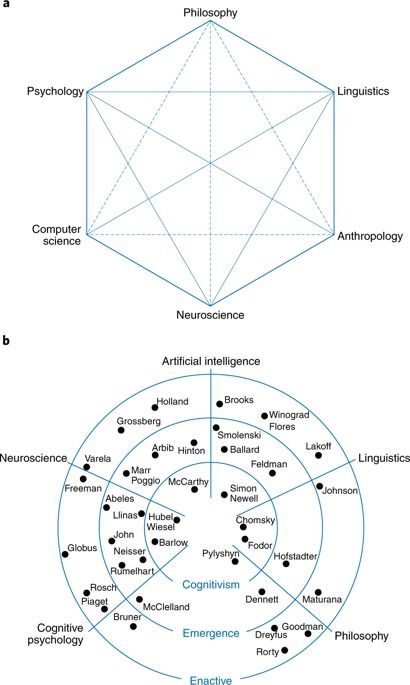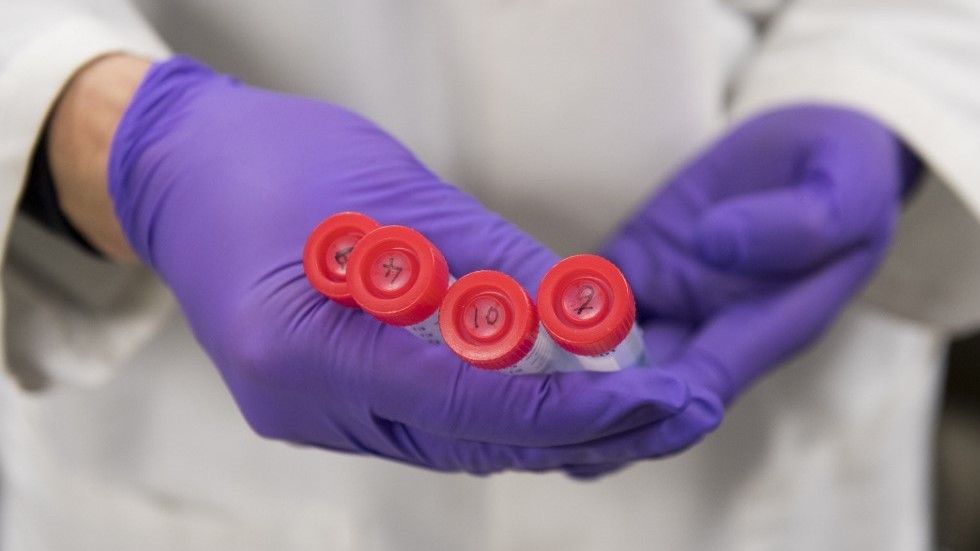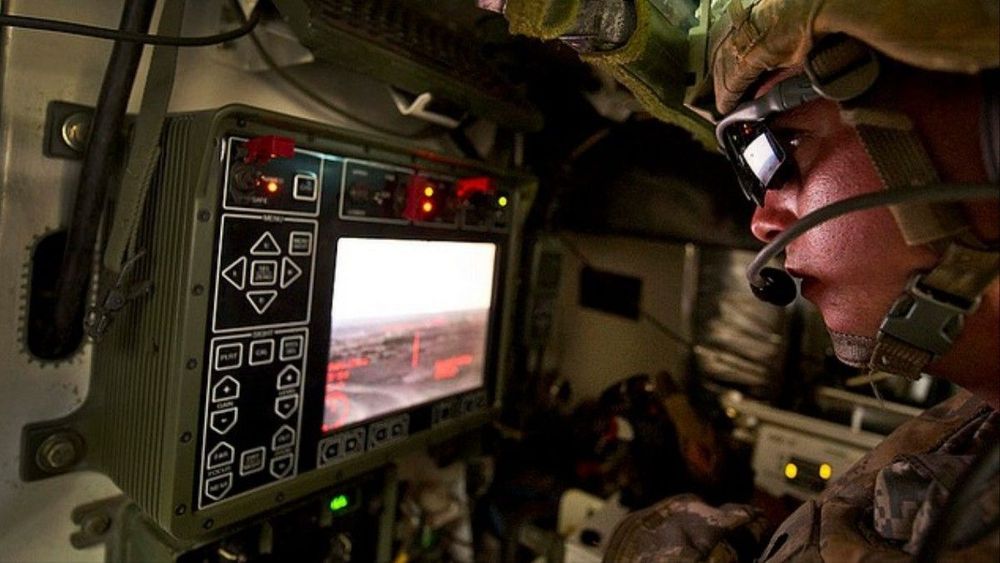New research has identified a type of bacteria found in the microbiomes of elite athletes that contributes to improved capacity for exercise. These bacteria, members of the genus Veillonella, are not found in the guts of sedentary people.
By taking a closer look at the bacteria, the researchers from Joslin Diabetes Center determined Veillonella metabolizes lactic acid produced by exercise and converts it into propionate, a short chain fatty acid. The human body then utilizes that propionate to improve exercise capacity. The results were reported today in Nature Medicine.
“Having increased exercise capacity is a strong predictor of overall health and protection against cardiovascular disease, diabetes, and overall longevity,” says Aleksandar D. Kostic Ph.D., TITLE., a co-author on the paper. “What we envision is a probiotic supplement that people can take that will increase their ability to do meaningful exercise and therefore protect them against chronic diseases including diabetes.”





